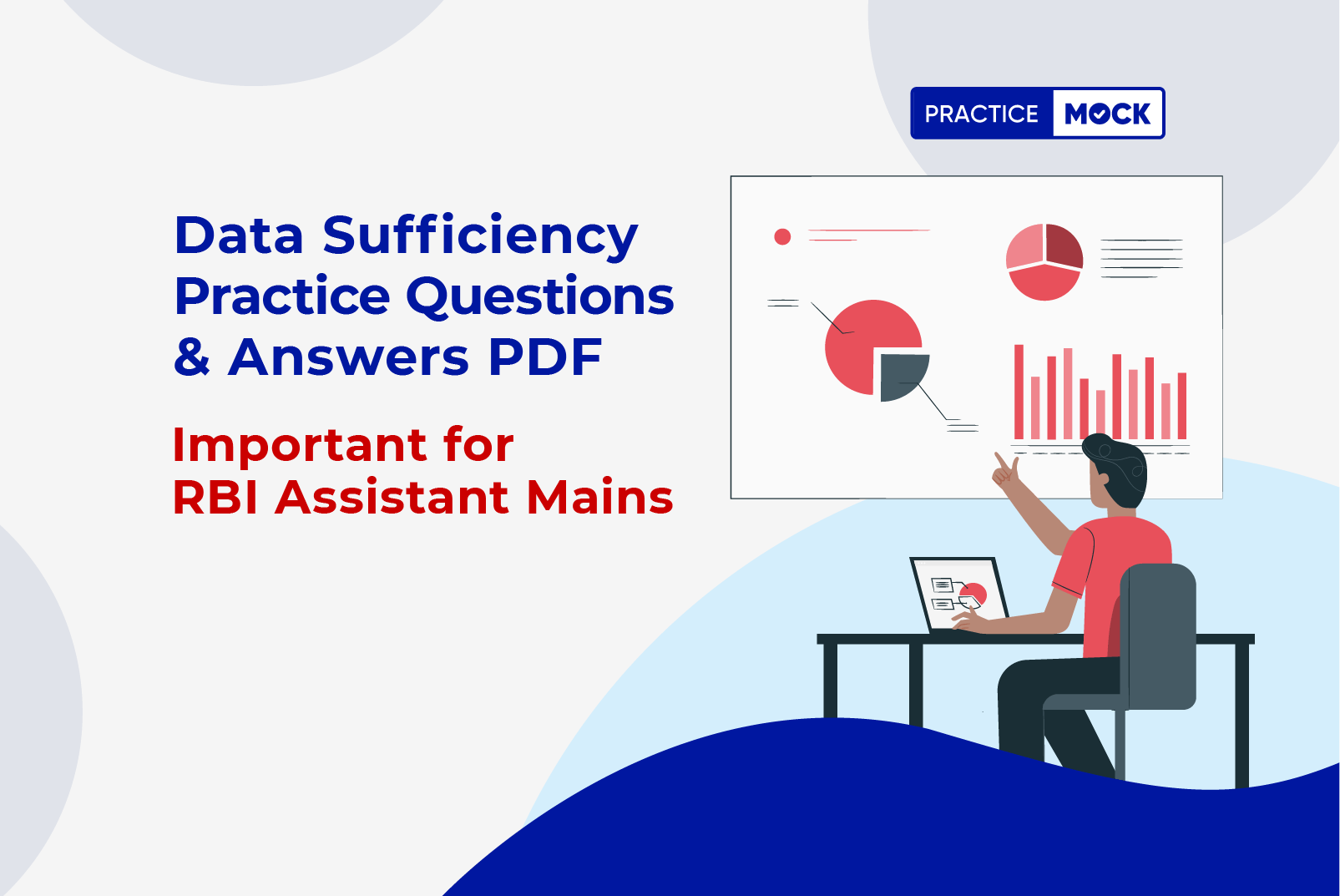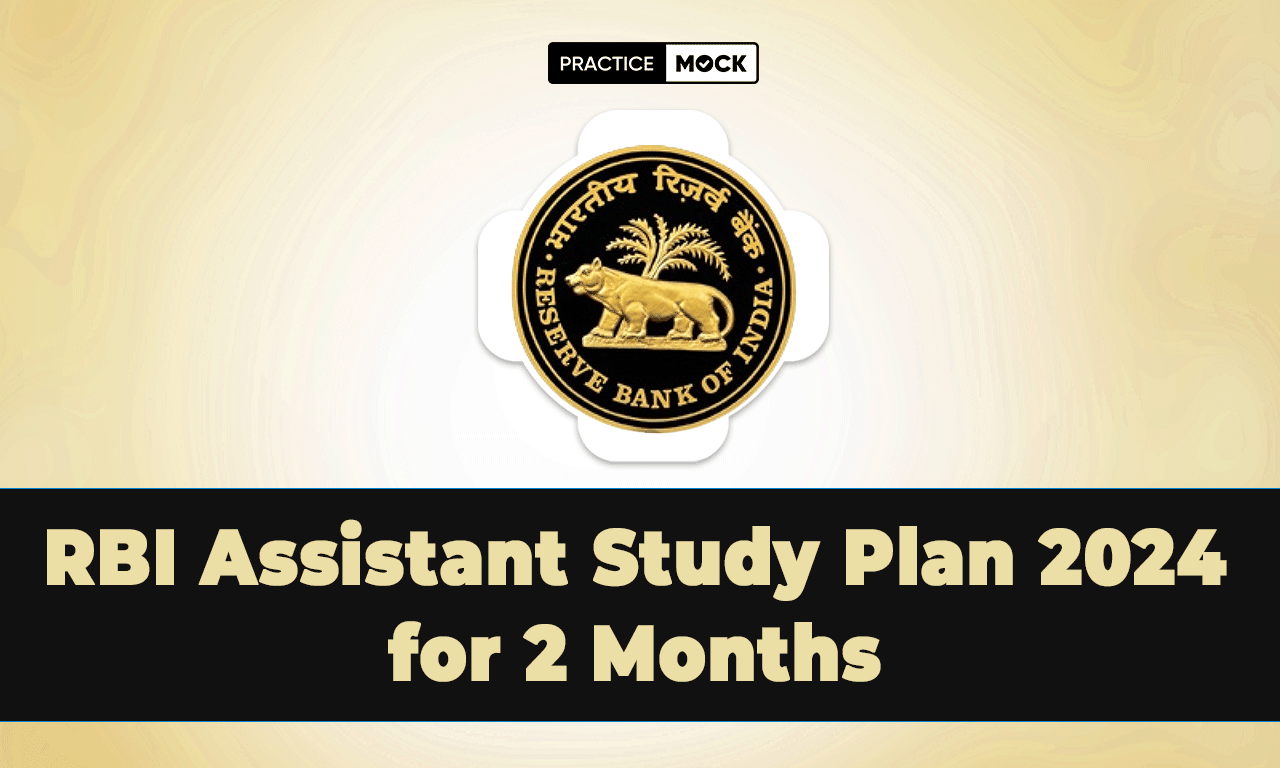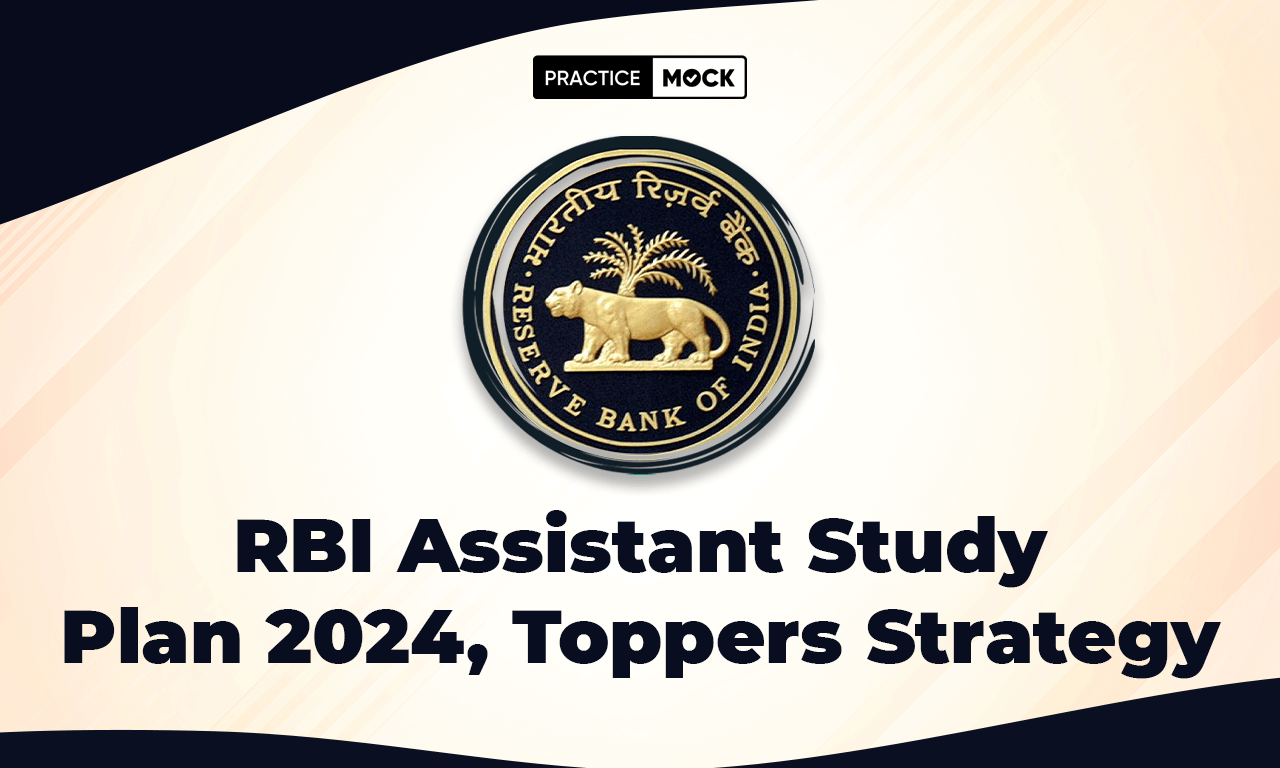Data Sufficiency Practice Questions & Answers- Important for RBI Assistant Mains


RBI Assistant Mains 2023 exam is scheduled for 31st Dec which is just around the corner. It’s time for the candidates to revise the already learned concepts and since only a few days are left, aspirants can practice questions from important topics. In this blog today we have come up with Data Sufficiency Practice Questions & Answers PDF. Data Sufficiency is quite an important concept, however the best way to ace the concept and thus the section is to practice more and more questions on the same. Below we are providing a set of practice questions, answers along with detailed solutions. To begin with, let’s first take a look at the RBI Assistant Mains exam pattern.
RBI Assistant Mains Free Mock Test 2023
RBI Assistant Mains Exam Pattern
| Sections | No. of Questions | Maximum Marks | Duration |
| English Language | 40 | 40 | 30 minutes |
| Quantitative Aptitude | 40 | 40 | 30 minutes |
| Reasoning Ability | 40 | 40 | 30 minutes |
| Computer Knowledge | 40 | 40 | 20 minutes |
| General Awareness | 40 | 40 | 25 minutes |
| Total | 200 | 200 | 135 minutes |
3 Data Sufficiency questions with solutions
Here are 3 Data Sufficiency questions with solutions designed specifically for the RBI Assistant Mains Exam. These cover common types asked in Reasoning and Quantitative sections.
Question 1 (Reasoning – Blood Relation)
Q: How is A related to B?
Statements:
- C is the brother of A.
- B is the mother of C.
Options:
a) Statement 1 alone is sufficient
b) Statement 2 alone is sufficient
c) Both statements together are sufficient
d) Neither statement is sufficient
e) Either statement alone is sufficient
Solution:
- Statement 1: C is A’s brother → No info about B
- Statement 2: B is C’s mother → No info about A
- Together: C is A’s brother and B is C’s mother → So B is also A’s mother
Answer: c) Both statements together are sufficient
Question 2 (Quant – Number Series)
Q: What is the 6th term in the number series?
Statements:
- The first three terms of the series are 2, 4, and 8.
- The pattern of the series is multiplying by 2.
Options:
a) Statement 1 alone is sufficient
b) Statement 2 alone is sufficient
c) Both statements together are sufficient
d) Neither statement is sufficient
e) Either statement alone is sufficient
Solution:
- Statement 1: 2, 4, 8 → May be multiplying by 2 or adding powers (uncertain)
- Statement 2: Pattern is multiply by 2 → If first term is known, this is enough
- Together: First three terms and the rule → Clearly gives 6th term = 2 × 2 × 2 × 2 × 2 = 64
Answer: c) Both statements together are sufficient
Question 3 (Quant – Time & Work)
Q: In how many days can A complete the work alone?
Statements:
- A and B together can complete the work in 10 days.
- B alone can complete the work in 15 days.
Options:
a) Statement 1 alone is sufficient
b) Statement 2 alone is sufficient
c) Both statements together are sufficient
d) Neither statement is sufficient
e) Either statement alone is sufficient
Solution:
- Statement 1: Combined work rate, but no individual rate for A
- Statement 2: B’s rate alone, but nothing about A
- Together: Can calculate A’s work = 1/10 – 1/15 = 1/30 → A alone takes 30 days
Answer: c) Both statements together are sufficient
Recent Posts
How to Clear IBPS PO Prelims Exam 2025 in 1 Month?
Wondering how to clear IBPS PO Prelims 2025 in 1 month? Get expert tips, daily…
RRB NTPC CBT 2 Free Mock Test with Other Free Resources
This blog has provided the RRB NTPC CBT 2 Free Mock Test with Other Free…
RRB PO Revised Preparation Strategy 2025, Check How to Prepare Well in Exam
In this blog, we are providing you RRB PO Revised Preparation Strategy 20
Wrong Number Series For IBPS PO 2025, Check Pattern of Questions
In this blog, we have given all the necessary information regarding the wrong number series…
SSC CGL Free Mock Test 2025: All Free Resources Are Here
This blog has provided SSC CGL Free Mock Test 2025 with free topic-wise tests, free…
How to Crack IBPS PO 2025 Exam With Practicemock Mock Test Series
Want to crack the IBPS PO 2025 exam? PracticeMock’s mock test series gives you real…


